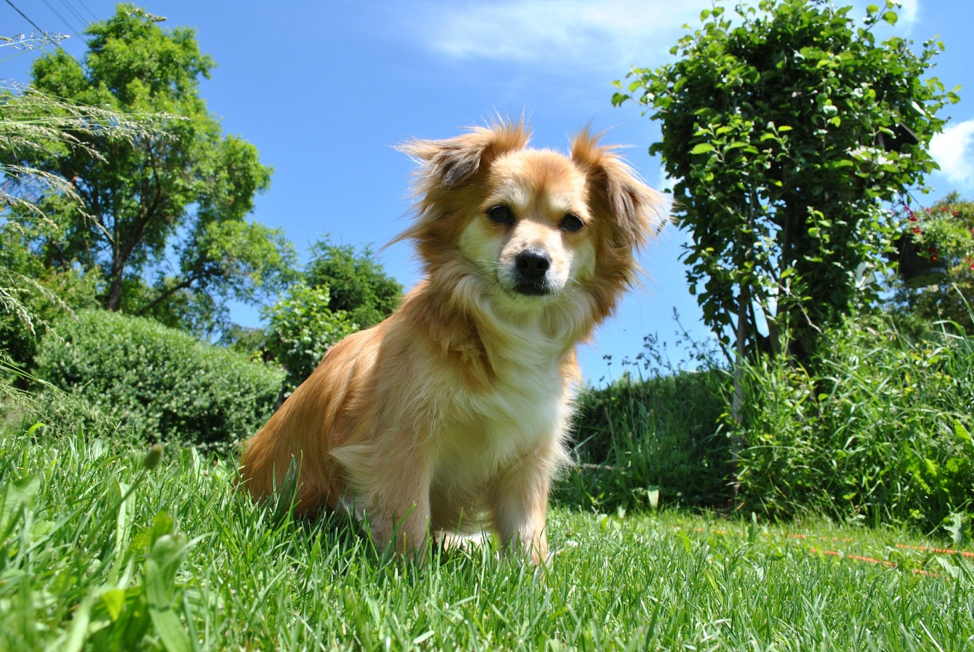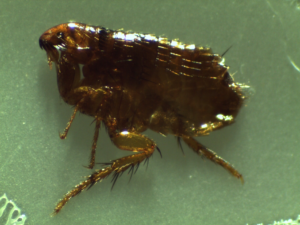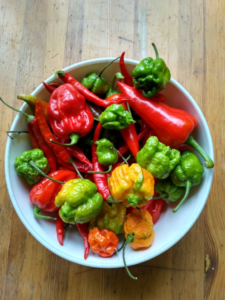Fleas – The Harmful Pests in Garden and How to Get Rid of Them

Gardening is becoming a more and more popular pastime in both rural and urban areas. With the widespread use of advanced technology, a large number of people choose gardening as an enjoyable hobby in their free time. It is a fact that doing gardening can reduce stress and give you a wonderful relaxation time after a hard day’s work. However, gardening is not always an easy task. You have to confront many problems such as how to grow plants in the most effective ways and how to reduce the number of harmful pests in your garden. Getting rid of harmful pests in the garden seems to be one of the most difficult issues for all gardeners. Protecting the garden from any harmful pests is one of the top priorities of any garden owner. Some common harmful pests that can be easily seen in the garden are: aphids, cabbage maggots, caterpillars, cutworms, Colorado potato beetles, and fleas.
Today I’m going to show you some suggested methods to get rid of fleas from your garden including both eco-friendly and chemical methods. Almost all garden owners prefer the former to the latter. Among the harmful pests in your garden, fleas are one of the most harmful pests that can have serious consequences. Fleas are known as a tenacious kind of harmful insect, and it can be a challenging mission to get rid of them. It is essential to find out the most effective methods for eliminating fleas in your garden. Before finding the solution for this issue, a closer look at their appearance and life cycle as well as their favorite living conditions are the first things that we can focus on in order to eradicate them effectively. The best way to get this solution accomplished is to look into a good pest exterminator to do the job for you!
Many people only treat the fleas that live on their pets and in the bedding, carpets or curtains in their home. However, this will not bring long-lasting effects. People are often unaware that large numbers of fleas live in the garden, under dead leaves and in long grass. Thus, if you want to get rid of fleas, you should prevent your pets from going into the yard while you expel them from your garden. At the same time, you’ll need to treat your pets with flea collars or shampoos.
Table of Contents
WHAT ARE FLEAS?

Fleas are very small, wingless, jumping insects that are only a few millimeters long. They feed on the blood of mammals and birds. They sometimes transmit diseases through their bites, including plague and myxomatosis. They can jump amazingly far due to their powerful hind legs.
LIFE CYCLE
Fleas are like other insect pests, sheltering in leaves, garden debris, or other “potential” places to wait for the harsh winter. As the temperature starts to rise in the spring, the larvae wake up and find the appropriate host plants for them to eat. At the end of spring, females lay eggs in the ground around the base of a tree or shrub. The small larvae feed on roots and root hairs for about a month, and then form pupae. Many generations of fleas can occur in many places. If you walk in the yard with light colored pants and socks on, you will see the tiny dark fleas on your clothing.
FLEA TREATMENT METHODS
Keep the garden free of weeds, especially in the early spring when the fleas are looking for food. The favorable places that fleas always live are moist, shady and cool positions. Thus, applying the treatment methods specifically to these places can bring good results. One more thing that you should pay attention to when getting rid of fleas in your garden is to choose a dry and sunny day to kill them. On days like this fleas cannot bear the dry and sunny positions and they will go into moist and shady places. Thus, all your pesticides can work more effectively and you won’t have to treat the entire garden.
Besides these specific methods for fleas, there are some common methods that you can apply for most harmful pests in your garden that will destroy them efficiently. You can either use eco-friendly pesticides or chemicals. However, eco-friendly killers should be your first choice if at all possible, for the sake of your family’s health and that of the planet.
ECO-FRIENDLY PESTICIDES
The following are some eco-friendly pesticide recipes which you can make at home yourself. Homemade pesticides are now very trendy. Gardeners take advantage of easily available ingredients to make pesticides their own garden which have fewer harmful side effects. Pests commonly dislike acidity and spices, so vinegar and hot pepper or garlic should be your ingredients of choice.
Method with vinegar

Fill a spray bottle with undiluted white vinegar to kill weeds and grass appearing from the cracks in your garden paving. Vinegar can also help kill ants. DO NOT spray vinegar directly onto the plants as the high acidity concentration could kill them.
Method with hot pepper

Boil a mixture of 1 tablespoon cayenne pepper and ½ gallon of water for about 15 minutes and let it cool. Add 1 tablespoon of dishwashing liquid. Put it all into a spray bottle and spray the plants every 5 days.
Other methods
A mixture of garlic, canola oil and hot pepper makes an effective insecticide that works on soft bodied pests but won’t harm your plants. Mix several cloves of crushed garlic, ¼ cup canola oil, 3 tablespoons of hot pepper sauce and ½ teaspoon of liquid soap in 1 gallon of water and mix well. Put into a spray bottle and shake well before using.
Furthermore, to defend your garden well, why don’t you consider a screen or a fence to separate it from outside sources?
Last but not least, if you can get rid of fleas on your pets and keep them far away from your garden until both the pets and the garden are clear, you shouldn’t have further problems with fleas.
CHEMICAL PESTICIDES
You can also use some chemical pesticides to get rid of fleas, especially if you have a heavy infestation on your hands. However, you should read the directions on the label carefully to make sure that the product will not cause side effects to your health and your plants afterwards.
CONCLUSION
I hope that the above-mentioned information has given you some helpful tips for you to protect your garden and cause no harm to your plants and your family.
